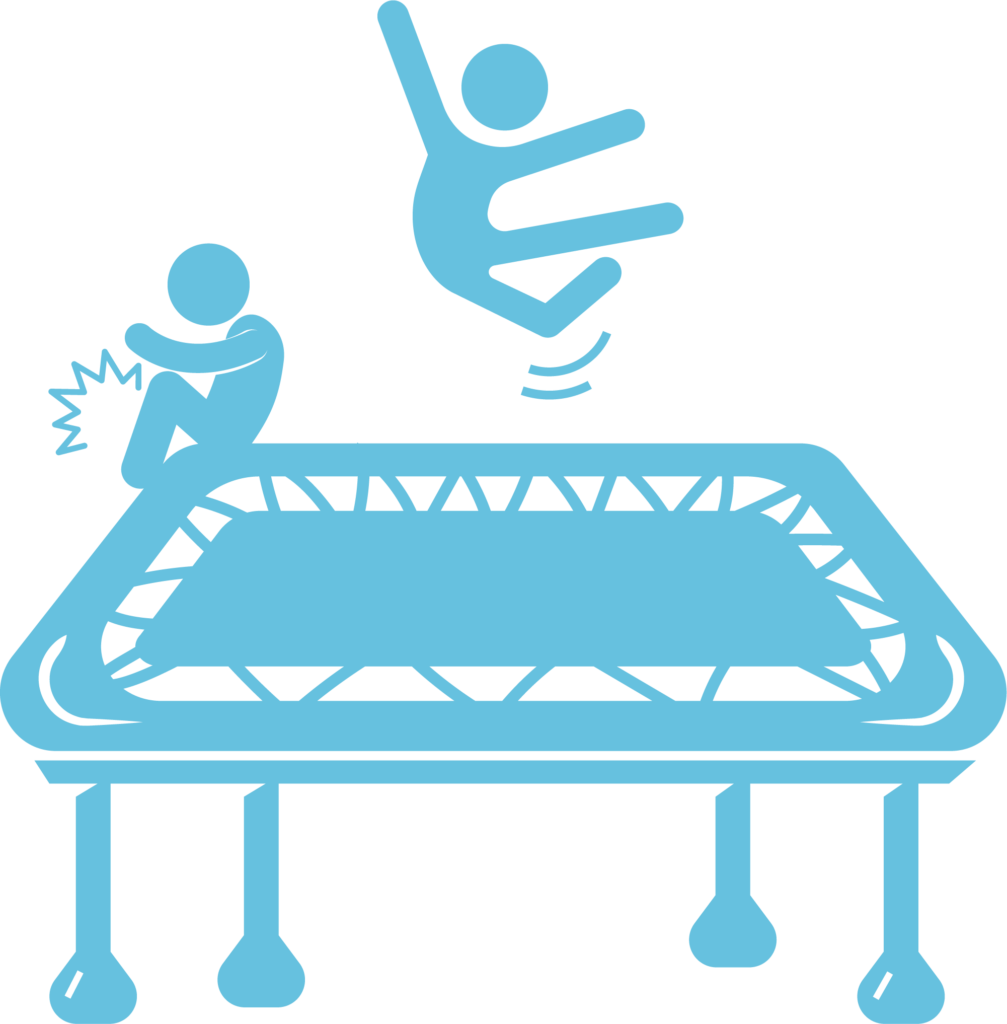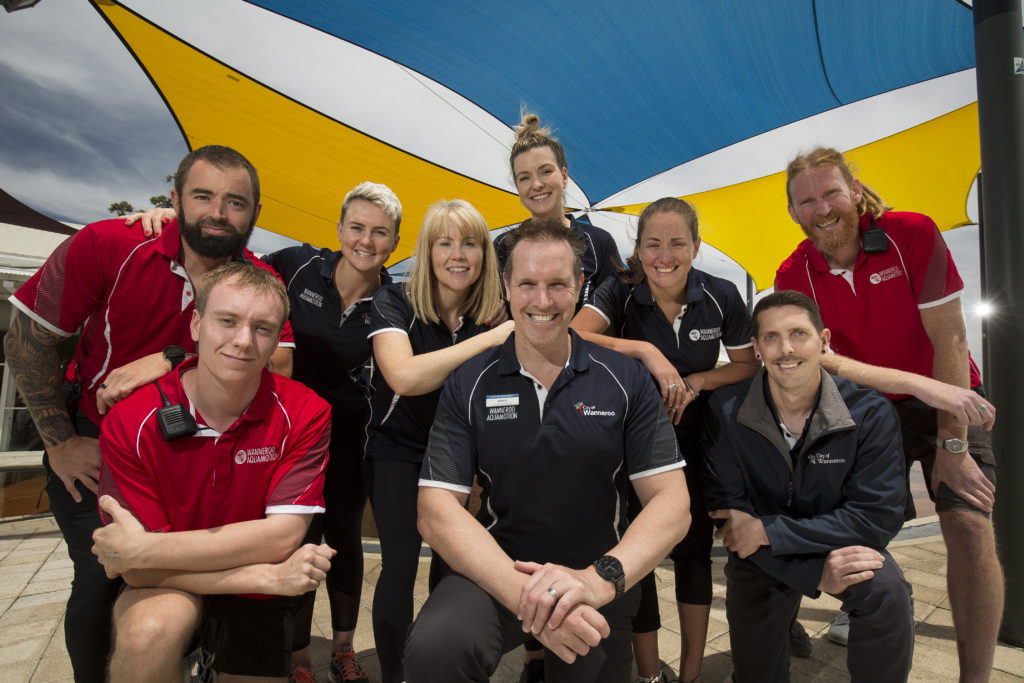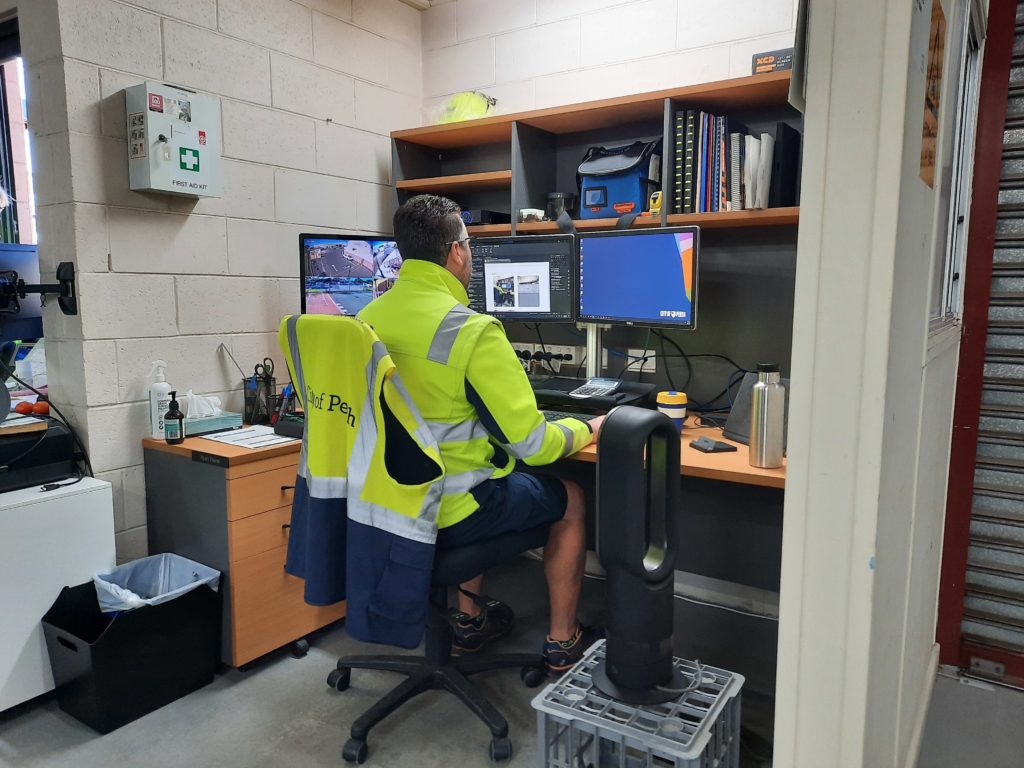How to safely work in heat?
The Work, Health and Safety Act WA (2020) requires local governments (PCBUs) to ensure health and safety, so far as is reasonably practicable, by eliminating hazards and risks.

Of the common law claims across all portfolios we generally deny 89% and settle 11%. Unfortunately many claims are settled because of a lack of documented evidence, or record keeping. Whether it’s making sure that evidence is immediately gathered and preserved when an incident occurs or because records haven’t been kept on decision. Let’s take a look at the claims process and what LGIS members can do to make sure that we achieve the best outcome for them and the Scheme.
Timing is everything when a common law claim is lodged. Various departments across the local government organisation will need to work together to investigate the claim and find documents. LGIS members who have well established processes, procedures and systems to document complaints, assessments, actions and rationale for decisions are well positioned to successfully defend a claim.
1. Acknowledge and document the claim
As soon as you receive a claim, acknowledge it. It’s important to note that maintaining a record of the correspondence is crucial as it helps in defending a claim. Never ignore the correspondence, always acknowledge receipt, however never make any offers or accept liability without consulting the LGIS team.
2. Notify the LGIS team
Following the acknowledgement, notify LGIS about the claim. Make sure you tell us if you have a defence or think someone else might be at fault.
The Work, Health and Safety Act WA (2020) requires local governments (PCBUs) to ensure health and safety, so far as is reasonably practicable, by eliminating hazards and risks.
Local governments are subject to strict legal obligations, including those contained within the State Records Act 2000 (WA), to maintain records created or received in the exercise of their functions.
When considering high risk or high hazard assets, it is important to adopt a proactive approach while managing them. Due to resource constraints, property risks are commonly managed in a reactive manner after an incident, near miss, or workplace inspection by a regulator or LGIS.
3. Investigation of the claim
If LGIS decides to investigate a claim, it will appoint either a law firm or an independent investigator to do so. You will be contacted by the lawyer or their appointed investigator to collect evidence – the best results occur when they are provided with direct access to all paperwork and the people involved. Don’t withhold any information or partially disclose it as it may affect your case in defending a claim. It’s important to note that any evidence collected or anything you tell to your lawyer (or appointed investigator) is protected by legal privilege.
4. Decision time – deny, accept, or settle?
Whether a claim needs defence or demands settlement, the decision depends on the evidence provided. Witnesses and memory can’t always be relied upon, so systems and documentation and are often one of the strongest elements in defence of a claim.
What’s legal privilege?
Legal professional privilege is a rule of law that protects the confidentiality of communications made between a lawyer and their client. The privilege belongs to the client and may only be waived by the client. Legal privilege protects LGIS members when giving evidence to their lawyers, anything you tell them will be kept in confidence.
There are a number of common scenarios that the LGIS claims team sees time again which weakens members defence.
1. Risk audits not actioned
Risk control audits are one of the best measures to mitigate risks associated with local government facilities like aquatic centres, playgrounds, youth precincts, libraries and recreational areas. However, just getting an audit done is not enough; members should act on the audit’s recommendations.
Importantly any decisions should be documented – especially if there’s a decision not to implement a recommendation, make sure your reasoning is explained.
2. Processes not followed
Make sure that your processes and procedures are understood and followed by all staff. Consider a case where a complaint is made but not transferred to the relevant department. If a proper communication channel is not established, there are chances for the claimant to get an upper hand in the case.
3. Lack of proper documentation to prove your position
Make sure that decisions are recoded. For example, the local government decides not to action all aquatic facility audit recommendations but the reasoning (budgetary constraints) is not documented. Without documentation the local government may be viewed as negligent because they have not acted on a known risk.
Another important element of documentation, particularly with audits and inspections, is before and after pictures. Make sure that photographs are taken and recorded after every inspection, or for that matter, after an incident.
Ensuring a proper record of every inspection, be it small or big can be helpful while producing an evidence for a claim. Every record can assist in demonstrating reasonable actions aimed at meeting the local governments’ duty of care in the management of public assets.
4. Unavailability of documents when needed
Unfortunately some cases can go on for months and even years. In these circumstances it becomes important to retain documents for a long period of time. Another factor is change of staff at local governments. To keep new staff updated about ongoing claims, saved documents can be a great reference point.
5. Claims can be made years after the incident
By the time a claim is made, witness memories usually fade as cases go on for long period of time. In this scenario documentation is vital.
A 35-year-old woman injured herself whilst descending a set of steps at a leisure centre in May 2019. The facility, which included a public swimming pool, was owned and operated by one of our members. The claimant suffered a mild injury on her lower back. She alleged that her fall on the step was caused by the steps being slippery and this happened as a result of member’s negligence.
The surface of the stairs at the facility was installed in 2014 and it was a non-slip fibreglass compound. Moreover, the surface of all the steps at the leisure centre is re-coated every year in the month of July when the centre is closed for maintenance.
LGIS was informed about the claim and investigated the matter to find out whether the City was liable.
Key findings:
Based on the LGIS investigation report, it was confirmed that the steps were up to Australian standard and had no design flaws. Through proper documentation made available by our member, LGIS was able to establish that the stairs’ surface was made using non-slippery material and is resurfaced every year. The member was not liable for the claimant’s injury. Therefore, the claim was successfully denied on behalf of the member.
Lessons from this case
The defence in this case was strong as our member had well documented proof of the installation and maintenance of the concerned area. Local governments should note that it is extremely important to retain documents showing any upgrades and regular maintenance of their asset in case of a claim.
In June 2019 a young child was injured at a playground adjacent to a sporting complex maintained by one of our members. The child was playing on an in-ground trampoline and their foot was caught in the gap between the trampoline mat and the surrounding frame/soft fall material. As a result, the child suffered a broken leg. The child’s mother made a claim against the Town alleging that the incident occurred owing to the local government’s negligence towards ensuring the trampoline was compliant with required Australian standards.
The Town had engaged independent contractors to design and construct the playground, which was completed in 2017. In addition, the member had engaged another independent contractor to install the play equipment at the playground.
The playground underwent regular safety checks and maintenance as part of their risk management process and found the following:
The injured child’s mother made a claim against the local government alleging the incident happened because the Town was negligent towards its residents as it failed to ensure that the trampoline was compliant with required Australian standards. The claimant (mother of the child) also provided alternatives to the current design of the trampoline which, in her view, would have been ‘safer’.
Our team assessed the claim keeping in mind varied factors involved in a playground. We know that playgrounds in general have a risk versus reward environment. A playground should offer a risk environment for kids to learn and grow, as well as ensure that children remain safe from any sort of serious harm.
LGIS investigated the incident and obtained all the necessary information and documentation from the local government involved and found that the installation and maintenance of the trampoline was up to standard. Therefore, LGIS denied the claim as the member had not been negligent.

Lessons from this case
It is extremely important for members to ensure and document:
The claimant, a regional local government employee, suffered an injury in his left wrist while drilling a hole with a post-hole digger (also known as auger) in September 2018. It is important to note here that the claimant was left hand dominant. The medical case was complicated by multiple surgeries including wrist fusion surgery with the claimant subsequently alleging Complex Regional Pain Syndrome (CRPS). He was deemed unfit to resume on his pre-injury role and therefore, alleged that the Shire was negligent and did not perform its duty of care.
The claimant is a plant operator/general hand who claimed workers’ compensation and common law damages against a regional local government. He claimed for a left wrist injury when using an auger. The injury occurred when the claimant used a handheld auger to drill holes to. He alleged that when drilling into rocky soil on the shoulder of the road, the auger caught on a rock or a root, which caused it to recoil, injuring his wrist.
As a result of his injury, it was not possible to rehabilitate the claimant back to his pre-injury role or any alternative role. He obtained evidence of a whole person impairment to enable him to commence a court action for common law damages. He also obtained expert evidence in support of his claim in negligence, and the matter was settled prior to trial for a substantial sum.
Lessons from this case
If you need more information on risk management, please contact our LGIS risk team or if you wish to know more about the claims process, get in touch with our claims team.


LGIS receives approximately 1,300 claims on average each year; for the past five years, of those the vast majority are common law claims.

A decade’s long partnership between LGIS and the Royal Life Saving Society of WA (RLSSWA) has delivered benefits to the entire WA local government sector – but work still needs to be done to make sure that audit recommendations are actioned to keep aquatic centres safe.

The City of Perth engaged the LGIS injury prevention team
to evaluate workstations of a group of employees at their depot to make sure they were comfortable, safe and less likely to injure themselves.
LGIS is the unifying name for the dedicated suite of risk financing and management services for WA local governments, established by the WA Local Government Association in conjunction with JLT Public Sector (part of the Marsh group of companies). LGIS is managed by JLT Public Sector (ABN 69 009 098 864 AFS Licence 226827).
Risk Matters, via this website, is designed to keep members, their staff and elected members informed on topical risk management and insurance issues and LGIS programs and services.